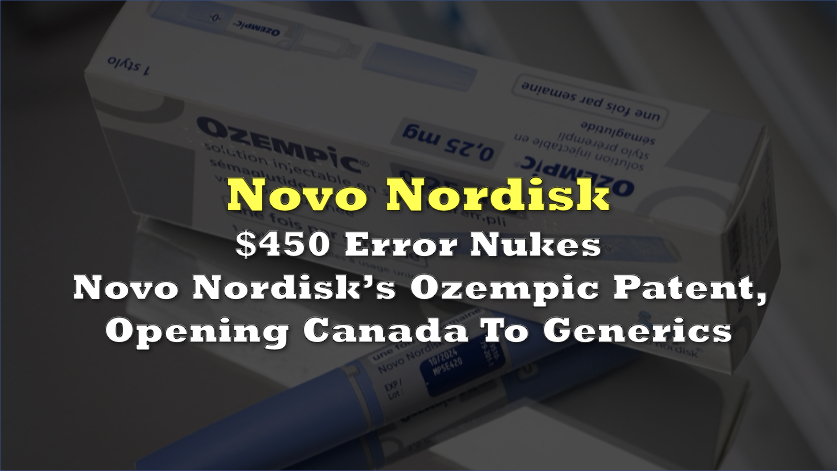GLP-1 medications like Ozempic and Wegovy could mean serious trouble for the quick-service restaurant (QSR) industry.
Recent insights from Earnest credit card data revealed that the top 10% of customers at major fast food brands accounted for 39% – 47% of total spending in 2023. Notably, well over half of sales at popular chains like Chick-Fil-A, Carl’s Jr, Del Taco, Jack In The Box, and Shake Shack were generated by the most loyal 20% of customers.
Even a slight decrease in spending by these top-tier customers could have a disproportionately negative impact on the overall revenue, given the concentrated nature of their spending.

Pharmaceuticals known as GLP-1 agonists, used for weight loss, are gaining popularity due to their effectiveness in reducing body weight. Additionally, anecdotal evidence suggests that they may curb cravings for addictive substances, including alcohol and cigarettes.
Some GLP-1 users have already begun cutting back on their grocery store purchases. Walmart noted a slight decline in food consumption among customers using these treatments, while Conagra Brands indicated potential adjustments to portion sizes or ingredients. Investors initially reacted to these comments by causing a 1.3% decline in the S&P 500 restaurants index, though it has since rebounded.
Related:
- Denmark’s GDP Gets A Big Boost From Ozempic
- Not Just inflation: People Are Buying Less Food, Joe Weisenthal Suggests Ozempic May Be to Blame
- Denmark’s GDP Gets A Big Boost From Ozempic
Companies such as Chipotle Mexican Grill will soon report their earnings, and investors are eager to assess how these appetite-suppressing drugs might alter food consumption patterns and potentially reduce demand for fast food offerings.
McDonald’s and Yum Brands, parent company of KFC, are already experiencing slowing traffic as high inflation erodes consumers’ purchasing power. However, Chipotle and Starbucks enjoy some protection due to their relatively more affluent customer base.

To entice customers, restaurants have refrained from raising prices and have introduced extra promotions, which may erode the margin gains seen in the July-September quarter due to cost reductions.
While these drugs may lead to reduced snacking and fewer appetizer or dessert orders, it remains too early to quantify their exact impact on restaurant sales. Nevertheless, fast-food chains experienced worsening dining traffic from July to September, with a notable drop in footfall.
Information for this story was found via Earnest, Reuters, Bloomberg, and the sources and companies mentioned. The author has no securities or affiliations related to the organizations discussed. Not a recommendation to buy or sell. Always do additional research and consult a professional before purchasing a security. The author holds no licenses.









